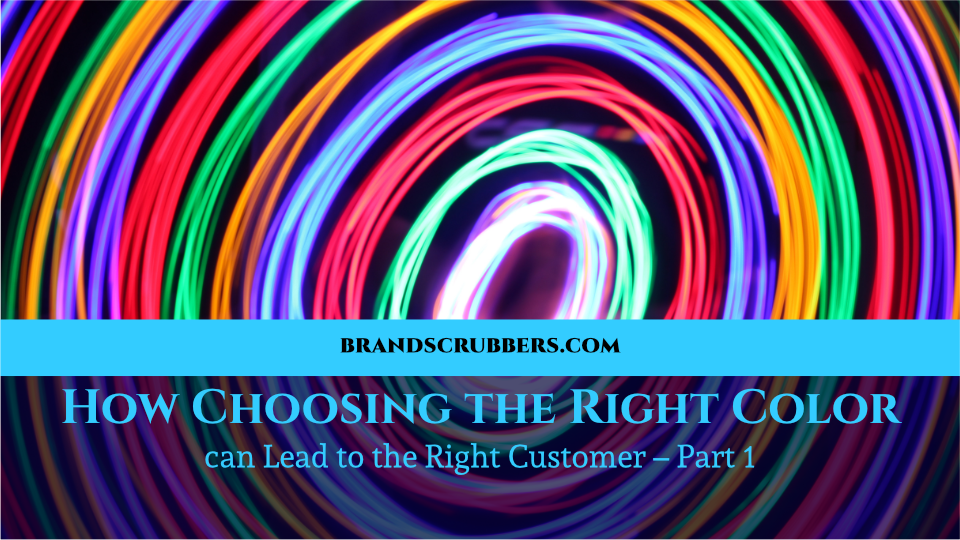When choosing the right color (s) for your brand, having a basic understanding of color theory can make a huge difference in how your brand is perceived and received. Believe it or not, different colors evoke different emotions, and because of this, color choices can make a huge difference in the clients you are attracting (if any) and how these clients perceive not only you but your products and services too.
Color is something that we subconsciously react to, so whether we realize it or not, we all have an intrinsic ability to tell what’s good and what misses the mark.
Don’t believe me? Take a look at this: https://www.lingscars.com/
Ouch, right?
Utilizing the right color is also a super efficient way for you to build brand recognition. Think about the last time you went to grab a Coke, did you look for the scripted font, or did you search for the infamous red label?
Keeping this in mind when developing your brand can help you be sure you’re making the right color choices and building brand recognition, which translates into something we all want, more sales!
So, now that we’re clear on how important the right colors are to your brand, let’s get into some basic color theory!
Choosing the Right Color Starts With the Color Wheel
The original color wheel was developed in 1706 by Sir Isaac Newton, and has been the standard ever since.
Within the color wheel, we have our primary, secondary, and tertiary colors. Mixing primary colors creates secondary colors, and tertiary are then developed from there.
Warm and Cool Tones
When you take the basic color wheel shown above and split it down the middle, you’re left with cool tones and warm tones. This is an awesome place to begin your color choices, as you can decide if you want your business to be seen as cool and collected or warm and inviting.
If you’re unsure of what tone you think your business should have, take a look at those around you selling the same services or products.
For example, how many fast food places can you think of that use the color blue? Not very many right? Well, that’s because blue is one of the least common colors we see in natural foods, so it makes sense not to use it if we’re trying to induce hunger.
Now, think of the same question in regards to yellow or red? Well, just right now I can think of Mcdonalds, Wendys, KFC, DQ, Arbys…I think you get the point.
What we can learn from this is that sometimes, it’s necessary to look at what your competitors are doing, and learn from them. Why make the same mistake as someone else, when you can avoid the costly rebrand and do it right the first time?
Complementary
Complementary colors are those which fall oppositely on the color wheel. Using this color scheme creates contrast, which improves readability, and can leave you with a super interesting and vibrant design. Be careful with this one though, as using complementary colors at full saturation may be a bit too intense.
Analogous
This color scheme uses 3 colors that appear beside each other on the color wheel. This arrangement of colors is most often found in nature, and therefore automatically pleasing to the eye. With this selection, it’s best to use one color as a primary, the second to support, and the third as an accent. This helps ensure that you’re colors aren’t competing.
Triadic
With the triadic color scheme, you choose colors that are evenly spaced around the wheel. This scheme also provides contrast, but the balance is especially important here. As with the above color schemes, it’s optimal to choose one color as the dominant and the other two as accents.
Now that you’ve got a starting point, try researching logos that effectively use color (and those that don’t if you want a good laugh), and, as with anything, give it a try!
Also be sure to check in next week for part 2 of this blog, where I’ll explain 3 more color schemes, AND give you a quick and dirty rundown of color meanings!
Stephanie Butler


Recent Comments